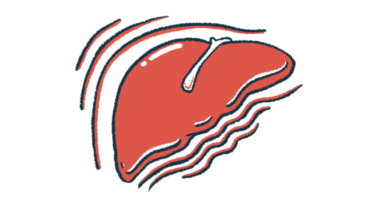Report describes unusual case of AIP marked by seizures
Clinicians suspected they might be a manifestation of epilepsy

An unusual case of acute intermittent porphyria (AIP) that was marked by seizures was described in a recent case report.
“This case report is rare and suggests that for patients who experience epileptic seizures coupled with complaints related to the abdomen, the possibility of porphyria should be specially considered in the differential diagnosis,” the researchers wrote about a woman with the unusual porphyria symptom.
Her case was reported in “An Analysis and Literature Review of a Family Case of Acute Intermittent Porphyria With Initial Symptoms of Epileptic Seizure,” which was published in Cureus.
AIP is caused by mutations in the HMBS gene. Like other forms of porphyria, it’s marked by the toxic buildup of molecules called porphyrins in the body. This type of porphyria is marked by the sudden attacks of symptoms, which may be precipitated by triggers like an infection or hormonal changes.
Common symptoms of AIP attacks include abdominal pain, digestive issues like diarrhea, and changes in cognition or mood. Seizures, which are caused by sudden bursts of uncoordinated electrical activity in the brain, are rarely seen with AIP.
A rarely seen symptom of AIP
Scientists in China described the case of a 33-year-old woman who sought medical attention because her left arm and the left corner of her mouth would uncontrollably twitch.
Clinicians suspected this might be a manifestation of epilepsy, which is marked by recurrent seizures, and analyses of her brain’s electrical activity were consistent with seizures. Laboratory tests “did not indicate any AIP-related changes,” the researchers wrote.
A viral brain infection was suspected and the woman was given an antiviral therapy (acyclovir) alongside medications to control seizures (midazolam and levetiracetam). Her condition stabilized and she was discharged from the hospital two weeks later.
She returned 10 days later with pain in her lower back that she described as “intense and unbearable.” She also began having unexplained limb weakness.
Genetic testing identified a mutation in the HMBS gene, confirming an AIP diagnosis. Testing of the woman’s family members showed her mother and one of her children carried the same mutation, but neither have had any notable AIP-related symptoms.
After the diagnosis was confirmed, the patient was started on a high-carbohydrate diet, alongside sodium and potassium supplements. She continued taking anti-epileptic medications and liver-protecting medicines. These treatments substantially eased her symptoms.







